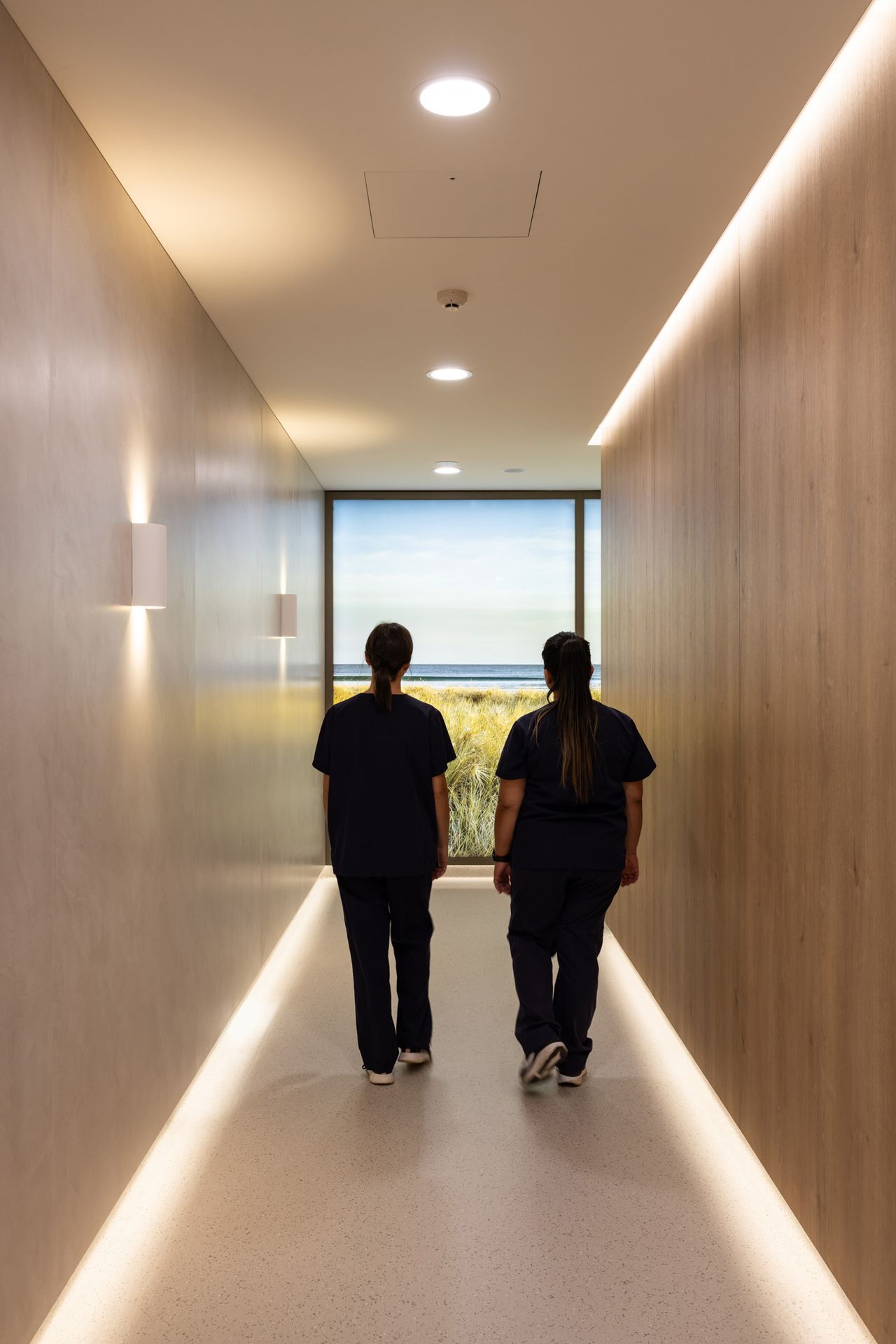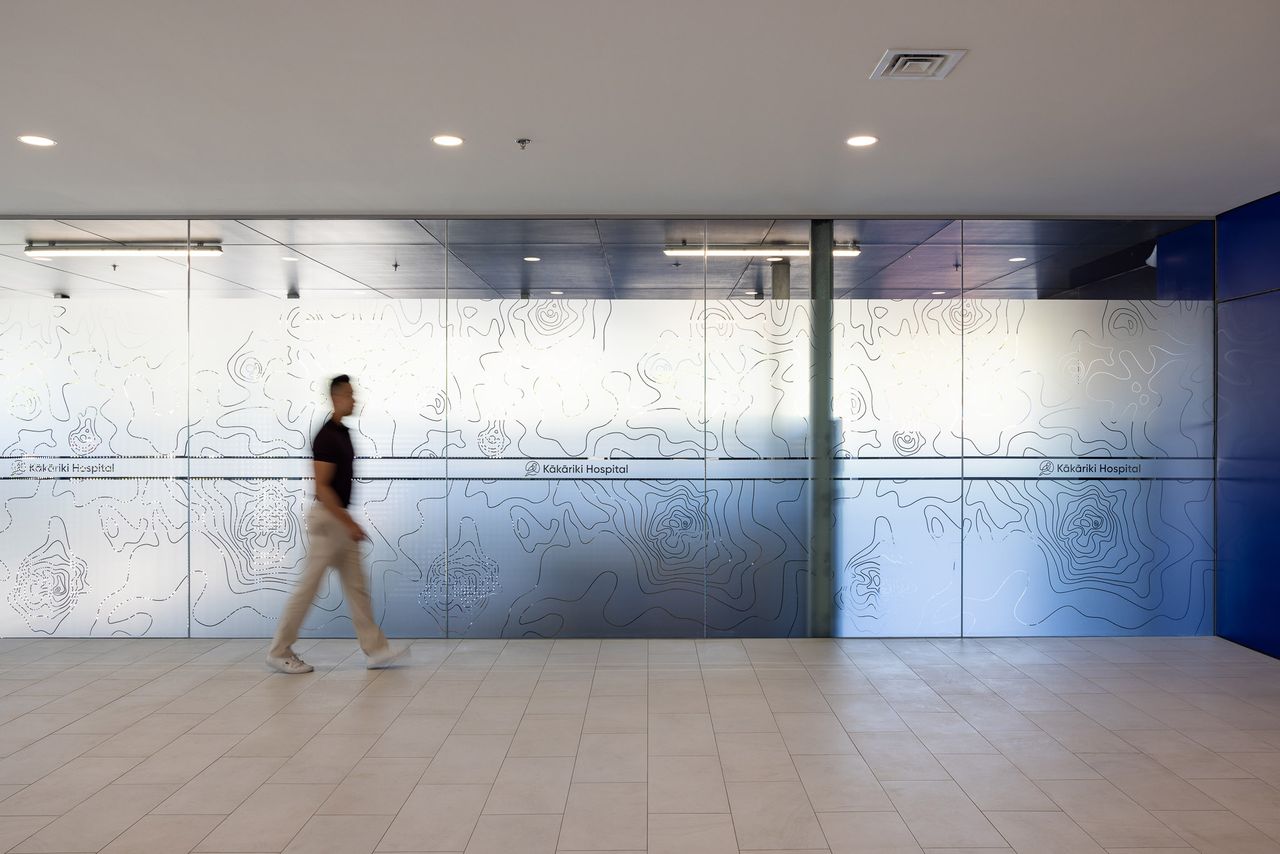Projects
Building Services Engineering Guidelines
Standardising New Zealand’s healthcare facility design.
The Health New Zealand Building Services Engineering Guidelines represents a significant leap in standardising healthcare facility design across Aotearoa, New Zealand. This comprehensive guidance framework, which was created over the course of a rigorous six-month program under the guidance of RCP’s in-house health expertise, fills a significant gap in the country's healthcare infrastructure planning.
The project emerged from Health NZ's recognition that the industry needed clear direction on healthcare-specific engineering requirements. Unlike previous single-discipline guidelines, this initiative tackles the full spectrum of building services engineering, encompassing mechanical, electrical, hydraulics, fire protection, controls, communications, security, and nurse call systems. The result is a three-volume suite of documents that provides experienced engineers with the necessary practical guidance needed when transitioning into healthcare projects.
The development approach was necessarily streamlined due to funding constraints that limited the team to six months for delivery. Rather than adopting a traditional committee-based methodology, RCP assembled a small, focused team of seven industry experts with extensive healthcare project design and delivery experience – drawn from professionals who had collectively worked on the majority of New Zealand's healthcare projects over the past 15 years. This core group conducted intensive workshops throughout the programme. These included intensive full-day workshops in Auckland, supplemented by independent work between meetings.
Through Health NZ's membership in the Australasian Health Infrastructure Alliance (AHIA), they secured approval to adapt content from Australian engineering guidelines. The team also drew upon exemplary international practices from Singapore, the United States, and the UK, while ensuring all content was contextualised for New Zealand conditions. A comparative study from Western Australia proved particularly valuable, helping the team quickly identify relevant material.
The resulting documentation is structured to mirror the engineering design process. Volume 1 establishes fundamentals, objectives, and principles for healthcare projects. Volume 2 provides discipline-specific technical guidance across seven sub-volumes. Volume 3 addresses specialist spaces and services unique to healthcare facilities, such as operating theatres, isolation rooms, and complex ventilation systems. Importantly, the guide adopts a "what to" rather than "how to" approach, providing direction on Healthcare-specific considerations whilst assuming users possess core engineering competencies.
Coordination with parallel workstreams proved essential to the project's success. The team collaborated with groups developing fire engineering and seismic guidelines, ensuring alignment across the broader Health NZ design framework. They also engaged with the infection prevention and control team, mental health specialists working on anti-ligature design, and the Design Assurance Team to ensure comprehensive coverage of Healthcare-specific requirements.
The project concluded with documents entering public industry consultation through the New Zealand Health Design Council website in December 2024, with feedback sought by January 2025. The team successfully delivered what they believe to be high-quality guidelines that will support the industry in developing better healthcare facilities. The documents are intended as living resources, designed for regular updates as healthcare delivery and technology continue to evolve. While they are yet to be fully endorsed by Health NZ for use, plans are in place to incorporate the wide ranging and positive feedback from the industry consultation process into a finalised suite of documents for use.
This standardisation effort hopes to streamline healthcare facility development across New Zealand, reducing time spent on options analysis and helping project teams reach effective solutions more efficiently. For an industry that has long needed such guidance, these guidelines represent a significant step forward in ensuring consistent, high-quality healthcare infrastructure delivery for all.



